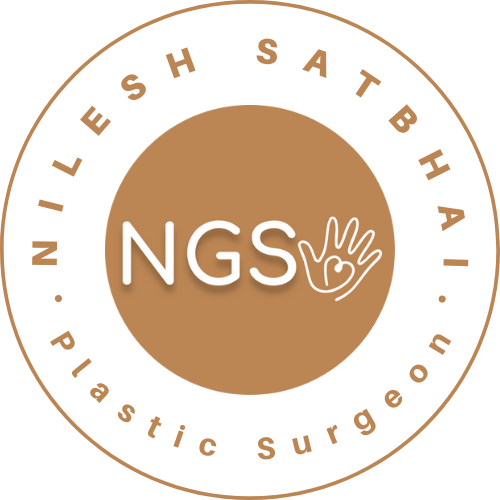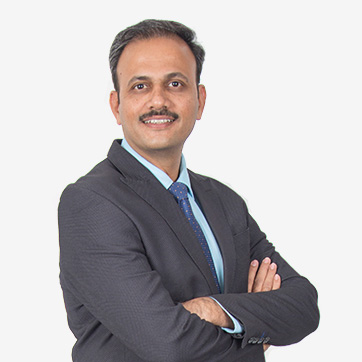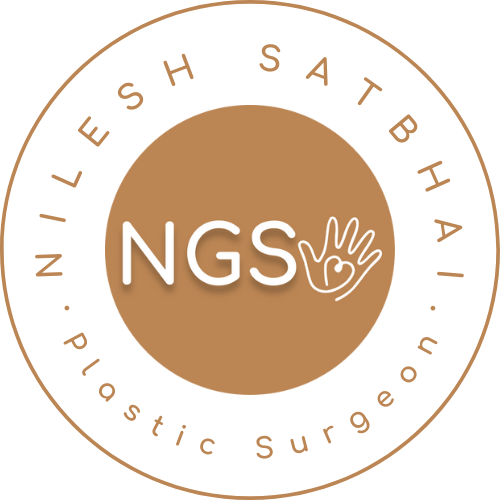The Advantages of RecoSMA Laser for Wound Healing
Wounds are caused by accidental injuries, weapons, burns, bites, and falls. The injuries break the skin and tissues through cuts, scrapes, or punctures. Usually, our bodies have a natural mechanism that helps heal wounds. However, certain types of wounds are slow to heal or stop healing completely, making them non-healing wounds.
What are non-healing wounds?
Chronic or non-healing wounds are wounds that defy the normal healing stages or do not restore the functional and anatomical normalcy of the wounded part. A wound is non-healing if it does not heal within three months after the injury despite medical treatment.
Usually, if we are injured, our bodies start healing the wounds within a short while of the injury. First, the healing cells in our bodies move to the site of injury, and you see swelling and redness and feel some heat on and around the wound for a few days. Next, wound healing is noticeable with the granulation occurring at the wound base and, finally, the formation of a scab and scar.
In an unhealed wound, however, one notices:
- Continuation of pain on and around the wound
- Redness or swelling around the wound that stays
- Continued warmth in the wound area
- Pus or discharge from the wound
- A foul smell, which indicates dead tissue in the wound
- Fever as a result of an infection in the wound
Different types of non-healing wounds
Non-healing ulcers are classified into various types based on the site and cause of the ulcer:
- Diabetic foot ulcers that develop in the feet due to uncontrolled blood sugar levels or damage to the nerves in diabetic neuropathy. Foot ulcers may run deep, reaching the bones.
- Pressure ulcers that develop due to pressure and friction in a localized part or a high-pressure injury—for example, bed sores in bedridden patients.
- Chronic insufficiency of blood in the veins, smoking, and thrombosis may cause venous ulcers.
- Lack of arterial blood flow causes arterial insufficiency ulcers in atherosclerosis, thrombosis, and pressure injuries.
Causes of non-healing wounds
A wound may become non-healing or chronic when the body’s natural healing process is disrupted or goes awry. Some things that delay healing in a wound are:
- Infection
- Smoking
- Diabetes
- Chronic kidney disease
- Compromised blood circulation
- Nutritional deficiency
A non-healing wound impacts the quality of life. If left untreated, it may cause chronic pain, loss of mobility, depression, and social and financial burden. In addition, it may result in severe eventualities like amputation, sepsis, or even death.
How are non-healing wounds usually treated?
The cardinal principles of treatment of non-healing wounds are identifying the underlying cause, removing or treating the cause, and helping in tissue healing by following the basic conventional treatment methods.
Usually, the methods of treatment involve the following:
- Wound debridement which involves clearing the wound of dead tissue and foreign materials. It is done by sharp debridement, autolytic debridement, wound irrigation, and enzymatic debridement.
- Wound dressing by using gauze dressing, hydrocolloids, hydrogels, and antibacterial creams.
- Negative Pressure Wound Therapy (NPWT) where a suction pump is used to draw out fluid in the wound and promote healing.
- Surgical treatments such as skin grafting or flap surgery to help close non-healing wounds and promote healing.
What is the RecoSMA laser?
The RecoSMA laser is a non-invasive laser used to treat several skin conditions and for reparative purposes.
LINLINE Medical Systems has developed the cutting-edge RecoSMA laser. It has proven helpful in treating non-healing wounds and trophic or pressure ulcers. It has been found extremely useful in promoting healing, closure of wounds, and forming healthy tissue in wounds.
Apart from using RecoSMA for treating non-healing wounds, Dr. Nilesh Satbhai , a plastic and reconstructive surgeon in Mumbai, has also used RecoSMA laser for treating:
- Varicose veins
- Acne, burn, and surgery scars
- Skin conditions like psoriasis
There are several advantages of RecoSMA laser treatment:
- It does not require anesthesia.
- It is an outpatient procedure; no hospital admission.
- The sessions are short in length.
- There is no heat sensation on the skin.
- There is no damage to the skin or wound surface.
- It is cost-effective.
- It does not have the potential complications of a surgical procedure.
How does the RecoSMA Laser work for wound healing?
The process of RecoSMA laser for the treatment of non-healing wounds is as follows:
- No preparation is required before the laser session.
- The RecoSMA laser beam penetrates 6 mm deep into the wound surface layers during the session. It stimulates the cells, thereby initiating the healing process.
- Wound closure starts with the first session.
- It may take multiple sessions depending on the depth and size of the wound.
- No pain medicines or antibiotics are required with the RecoSMA laser treatment. You may feel a slight tingling sensation at the wound site.
- No post-session care is required.
How is the RecoSMA Laser better than traditional methods of treating non-healing wounds?
The RecoSMA laser has several benefits compared to the traditional methods used for treating non-healing wounds:
1. Traditional methods require a lengthy healing time
The usual methods used for treating non-healing wounds include debriding the wound and closing the cleaned edges. However, the edges may be far apart with extensive wounds, so closing the wound becomes difficult. In such instances, doctors do skin grafting or wait for natural closure.
The RecoSMA laser, on the other hand, stimulates the healing cells at the wound bed and edges, hastening the healing process and early closure of the wound. As a result, you start noticing the initiation of wound closure immediately after the first session
2. Traditional methods involve surgical interventions
Traditional methods involve surgical interventions such as debridement and skin grafting. Although these procedures are effective, they may cause trauma to the wound and surrounding tissues.
The RecoSMA laser beam is highly precise and accurate, so it can be used without any surgical intervention.
3. Traditional methods may cause heavy scarring
Heavy scars or keloids may get formed in broad and deep wounds.
There are no thick scars or keloid formation with the RecoSMA laser. On the contrary, the RecoSMA laser is used to treat already-formed keloids.
4. Traditional methods require dressing and ointments
The traditional methods require frequent dressing and ointment changes which can often be time-consuming and inconvenient. Some ointments can even irritate the skin.
The RecoSMA laser doesn’t require any dressing or ointment.
5. Traditional methods may need long and frequent sessions
Traditional methods of treating non-healing wounds may need long and frequent sessions to achieve the desired results.
The RecoSMA laser treatment takes only 15 to 30 minutes for one session. The number of sessions required depends upon the size and type of the wound.
Dr. Nilesh Satbhai , a reconstructive surgeon in Mumbai has been using the RecoSMA Laser for the treatment of non-healing wounds and the results have been amazing. The laser is much better than traditional methods as it helps in faster healing without any side effects. If you are looking for the best possible treatment for your non-healing wound, then book an appointment with Dr. Nilesh Satbhai today by contacting him at 022-67670101 or plasticsurgerymumbai@gmail.com .






